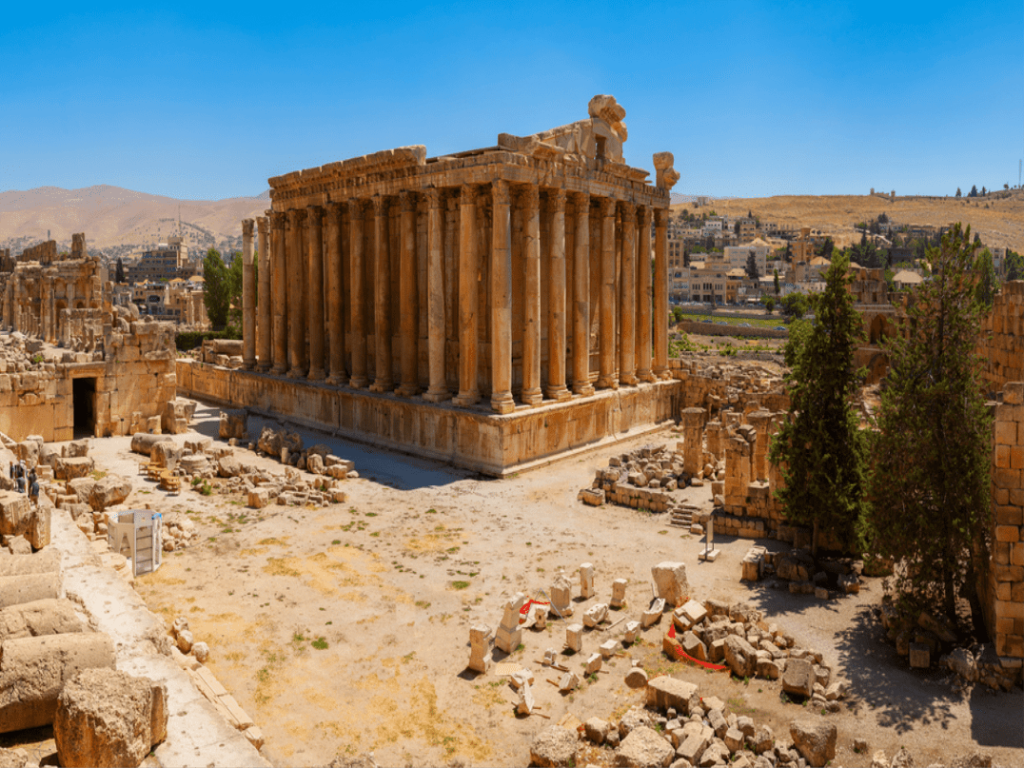Welcome to the captivating Baalbek mystery! Located in Heliopolis Lebanon (now Baalbek), this ancient site holds secrets that have puzzled historians, archaeologists, and engineers for centuries. The colossal scale of the Baalbek stones, particularly the Baalbek Trilithon, inspires awe and raises profound questions about their construction and purpose. Join us as we explore the wonders and enigmas of Baalbek.
What is Baalbek? A Glimpse into History
Baalbek, whose name means “Lord Baal of the Beqaa Valley,” was a significant religious center in antiquity.
- Phoenician Origins: The site was likely a place of worship long before the Romans.
- Heliopolis: City of the Sun: The Greeks named it Heliopolis, associating it with their sun god.
- Roman Grandeur: The Romans built a magnificent temple complex here, dedicated to Jupiter, Venus, and Bacchus. Moreover, this complex carries a reputation for its immense scale and architectural sophistication.
The Baalbek Stones Mystery: Giants of the Ancient World
The true Baalbek mystery lies in the colossal stones used in the construction of the Roman temples, especially the Temple of Jupiter.
- The Trilithon: This group of three massive stones is the most famous feature. Each stone weighs an estimated 750-800 tons. Their precise dimensions are approximately 19 meters long, 4 meters high, and 3.6 meters thick.
- The Stone of the Pregnant Woman: Visitors can find it in a nearby quarry, with this monolith weighs around 1,000 tons.
- The Stone of the South: Also in the quarry, this stone weighs an astonishing 1,242 tons.
- The Forgotten Stone: Discovered more recently, this is the largest stone, weighing approximately 1,650 tons.
Theories and Speculation: How Were the Baalbek Stones Moved?
The sheer size of the Baalbek stones has led to numerous theories, ranging from practical engineering solutions to more exotic explanations.
- Roman Engineering: The Romans were skilled engineers. Thus, they may have used ramps, rollers, and a massive workforce to move the stones.
- Leverage and Pulleys: The builders might have used a complex system of levers and pulleys could to lift the stones.
- Ancient Technology: Some suggest that the Romans possessed advanced technology that has since been lost.
- Supernatural Theories: Some theories even propose the involvement of supernatural powers or extraterrestrial assistance.
The Legacy of Baalbek
Heliopolis Lebanon and its Baalbek Trilithon continue to inspire wonder and fascination. The site is a testament to human ingenuity and the enduring power of the past. While the Baalbek stones mystery may never be fully solved, its allure draws visitors from around the world.
To further enrich your understanding of Arabic language and culture, we invite you to explore www.kaleela.com. Our platform offers engaging lessons and cultural insights to enhance your learning experience. Download the Kaleela Arabic learning app today!



